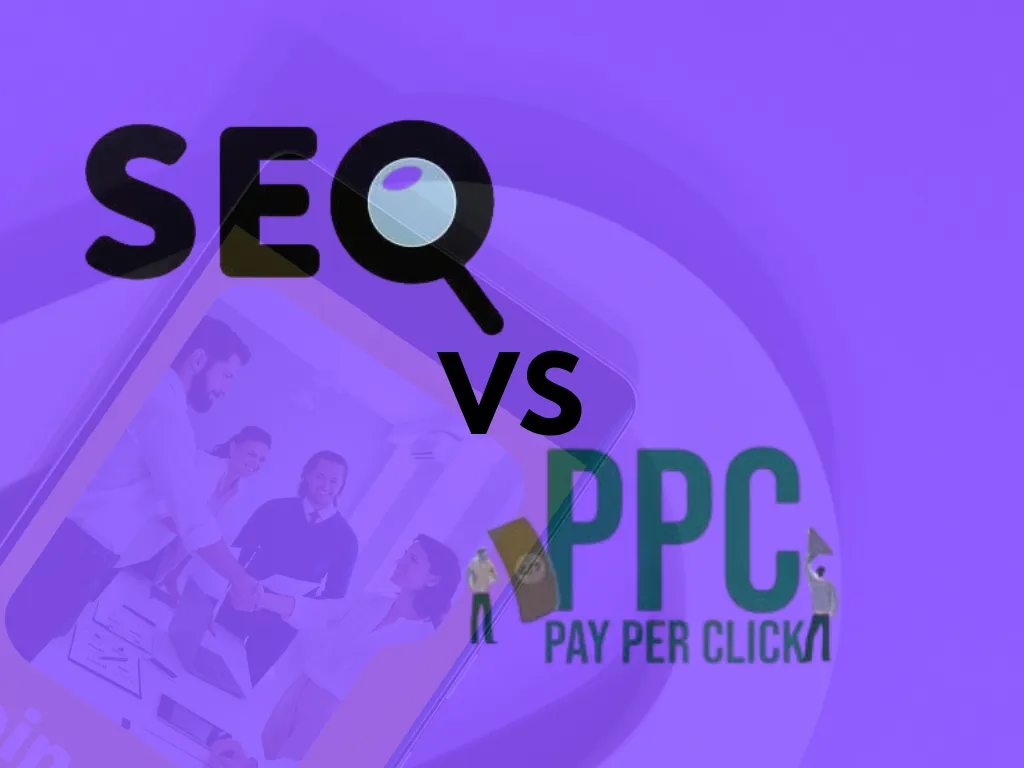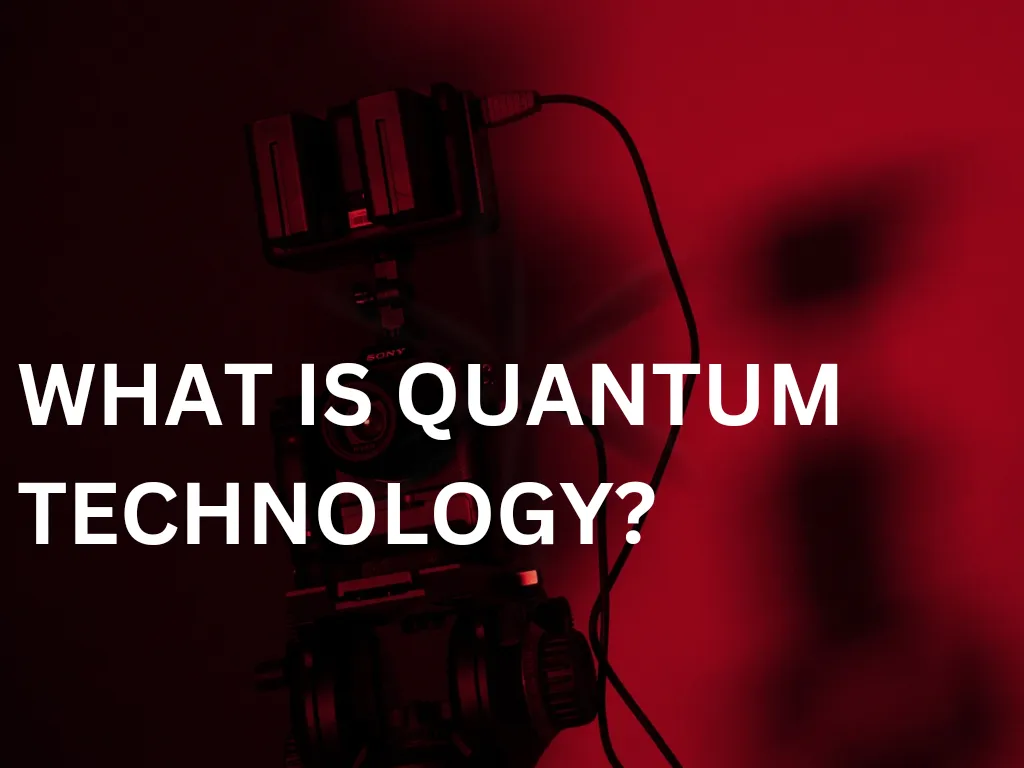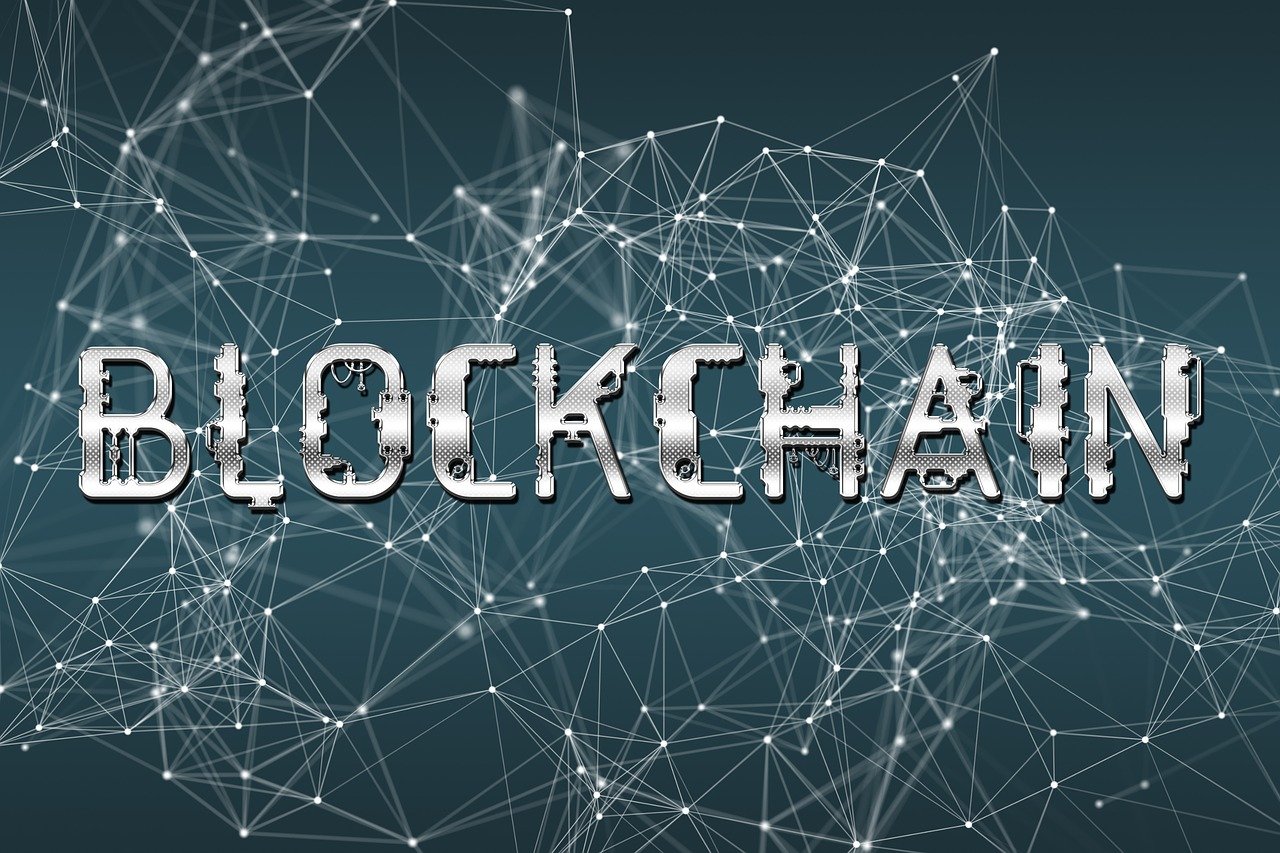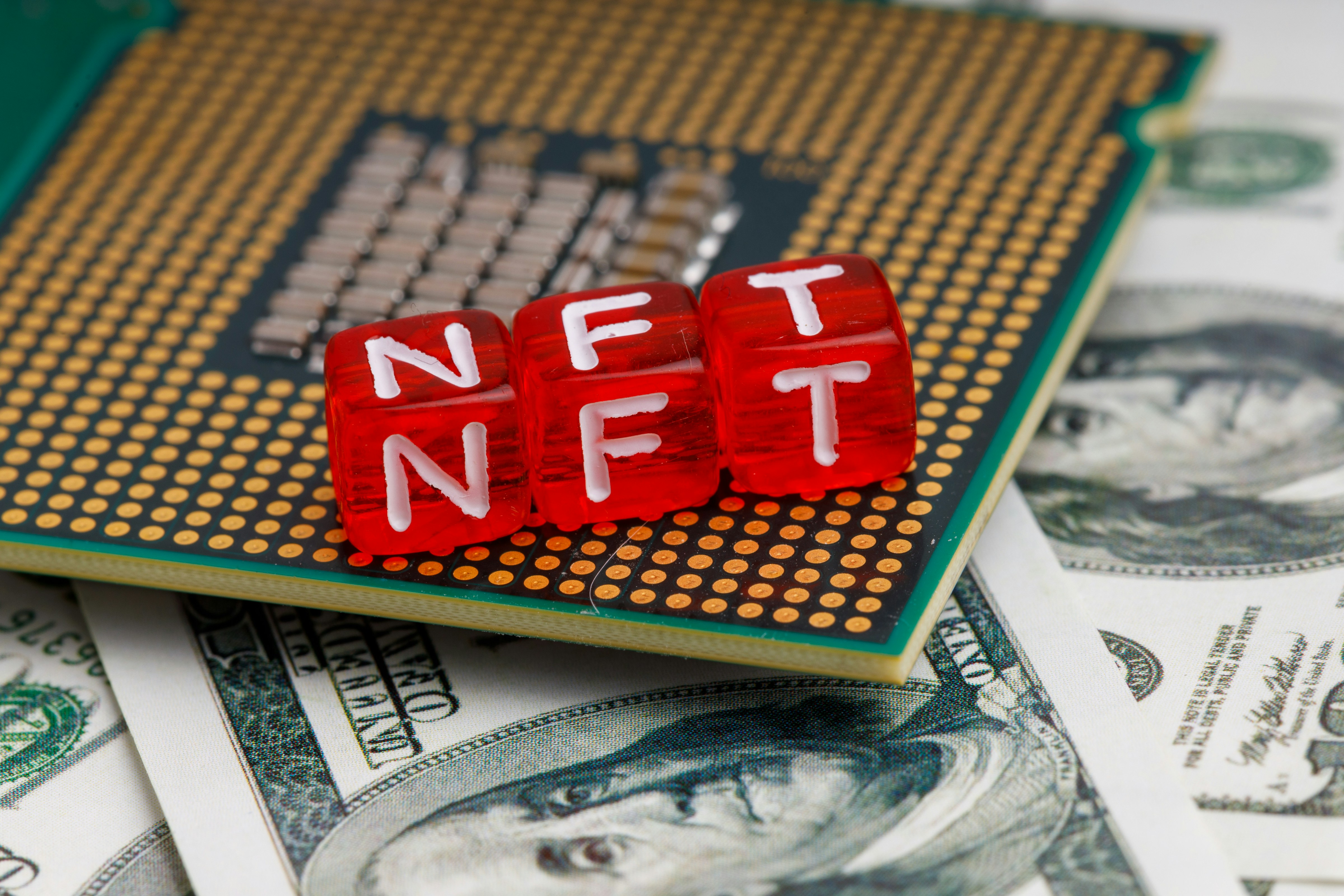LATEST
|
9 min read
|
Jan 14, 2025
Your Ultimate Guide to the Best DePIN Models and Their Features
Explore the best DePIN models revolutionizing blockchain technology. Learn about PRNs, DRNs, and industry-specific innovations in energy, logistics, and telecom.
Quick links
Introduction
Why DePIN Matters
Traditional infrastructure systems are centralized, costly, and prone to inefficiencies. But what if blockchain could offer a smarter, fairer alternative? Decentralized physical infrastructure networks, or DePIN, is transforming industries by blending blockchain technology with real-world applications. In Web3, DePIN addresses these issues by decentralizing the control and management of infrastructure, making systems more equitable and sustainable.
Read this, for more insights on DePIN So, what types of DePIN exist, and how are they shaping the future? Let's break it down.
What Types of DePIN Exist?
Various models focus on specific resources, from physical networks to digital assets. Each has unique features that cater to diverse needs. DePIN offers decentralized solutions for energy, logistics, telecom, and more. How can these models change the way industries operate? DePIN models can be grouped into two broad categories:
Physical Resource Networks (PRNs)
Digital Resource Networks (DRNs)
Physical Resource Networks (PRNs)
Physical Resource Networks, or PRNs, connect and decentralize the management of physical resources, allowing communities to share and optimize assets.
Application
Shared Ownership: Users collectively own infrastructure, ensuring no single entity controls it.
Efficiency: Blockchain tracks resource usage, reducing waste and improving utilization.
Cost Savings: Eliminates intermediaries, lowering costs for participants.
Examples
Ride Sharing Platforms: Instead of relying on centralized companies like Uber, blockchain based ride sharing networks allow drivers to manage fleets collaboratively. This results in higher earnings and better transparency.
IoT Device Sharing: Homeowners with IoT devices like smart thermostats can pool their data to improve energy usage predictions for their communities.
These examples show how PRNs empower individuals while delivering tangible benefits. To learn more about PRNs and their potential, check out this analysis on DePIN
Digital Resource Networks (DRNs)
On the flip side, Digital Resource Networks (DRNs) manage online assets like data storage, file sharing, or bandwidth. These networks are foundational for running decentralized services.
Applications include:
Decentralized Storage: Platforms like Filecoin allow users to rent out unused storage space, creating an alternative to centralized cloud services like Google Drive.
Bandwidth Sharing: Networks like Althea let communities share internet bandwidth, reducing costs and improving connectivity in underserved areas. For further insights on DRN.
DePIN Models
Energy DePIN
Energy DePIN is one of the most promising innovations in decentralized infrastructure. By decentralizing energy production and consumption, it opens doors for renewable solutions and cost-effective models.
Key Features of Energy DePIN
Energy DePIN models focus on decentralization and sustainability. With blockchain, small-scale producers (like individuals with rooftop solar panels) can sell their surplus energy directly to consumers. This bypasses intermediaries and reduces costs.
Another vital feature is energy efficiency. These networks optimize distribution, reducing wastage. For instance, microgrids powered by blockchain can function autonomously, ensuring homes and businesses get a stable and reliable energy supply.
Examples
There are real-world projects leading the charge in energy DePIN. Examples like PowerLedger and Energy Web showcase how blockchain facilitates peer-to-peer energy trading. These platforms empower users to buy and sell energy with minimal transaction costs. Read more

Logistics DePIN
The logistics industry has long struggled with inefficiency, opaque practices, and unnecessary intermediaries. Logistics DePIN brings transparency and smoothness to supply chain management.
Logistics DePIN provide real-time asset tracking, significantly improving transparency. Reduced operational costs and inventory optimization are other top advantages.
Applications
For industries handling perishable goods, such as food or pharmaceuticals, these models are game-changers. Sensors on blockchain-enabled platforms can monitor temperature, ensuring goods arrive in pristine condition.
A standout example of Logistics DePIN in action is VeChain. Its blockchain based platform serves businesses looking to trace and verify their products' authenticity. VeChain has already partnered with luxury goods manufacturers and supply chain giants. Such implementations prove that decentralized logistics is more than just a concept.
Telecom DePIN
Telecom DePIN decentralizes communication networks worldwide. By rethinking traditional telecom models, these solutions ensure inclusivity and accessibility.
Features of Telecom DePIN
Reliability and scalability also set Telecom DePIN apart from traditional providers. Helium, for example, creates decentralized wireless networks where community members host hotspots and earn rewards.
As 2025 approaches, expect innovations driven by artificial intelligence and smart devices.
Telecom DePIN will intertwine with 5G and more Infrastructure, enabling faster connectivity for more participants. Decentralized Internet-of-Things (IoT) applications will also flourish.

Conclusion
DePIN models show immense potential in bridging the gap between blockchain and real-world applications. From energy systems to telecom infrastructure, the possibilities are untapped. Web3 is only set to grow more decentralized, inclusive, and move forward with these innovations.
Whether you're investing or thinking of implementing decentralized systems, understanding the role of DePIN types—physical, digital, energy, logistics, and telecom—Metro Labs marketing agency will prepare you for what's next.
Join Our Newsletter
Subscribe to our newsletter and get exclusive insights directly to your inbox
You’ll receive up to 4 emails per month. No spam, we hate it too.
Related Articles
MARKETING
SEO vs. PPC in Web3 Marketing: Which Strategy Works for Your Project?
Jan 20, 2025
WEB3
The Future of Game Development with Blockchain Technology
Jan 18, 2025
WEB3
5 Ways Quantum Technology Is Transforming Blockchain Security
Jan 17, 2025
GUIDES
A Comprehensive DeFAI Guide to Simplified Abstraction Layers
Jan 17, 2025
WEB3
Simple Ways Agentic AI Can Enhance Your Dapp Experience
Jan 16, 2025
WEB3
Exploring the Impact of DePIN on Blockchain Technology
Jan 8, 2025
MARKETING
7 Effective SEM Strategies to Make Your Web3 Project Stand Out Today
Jan 8, 2025
GUIDES
A Complete Guide to the Right Web3 Content Marketing Tools
Jan 4, 2025
GUIDES
What is NFT Marketing? A Simple Guide for New Creators
Jan 4, 2025










